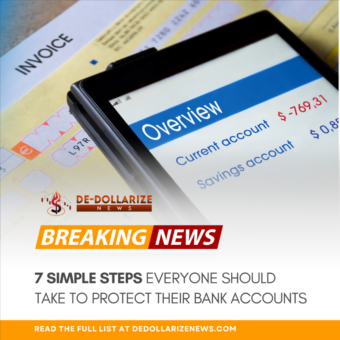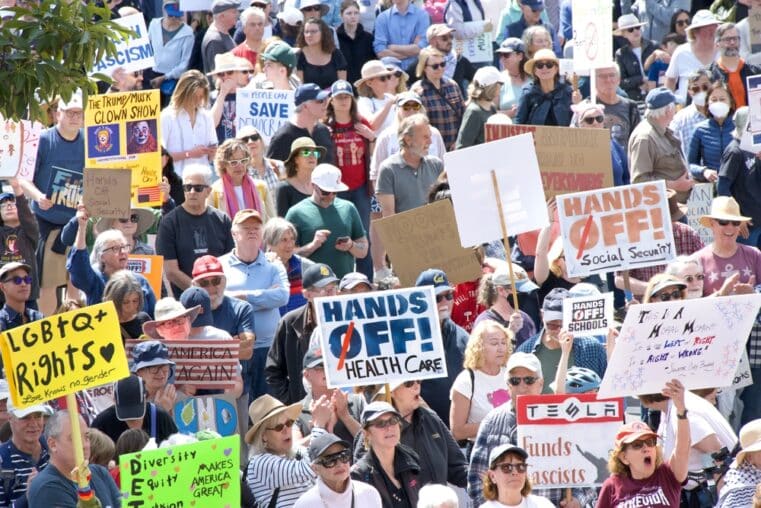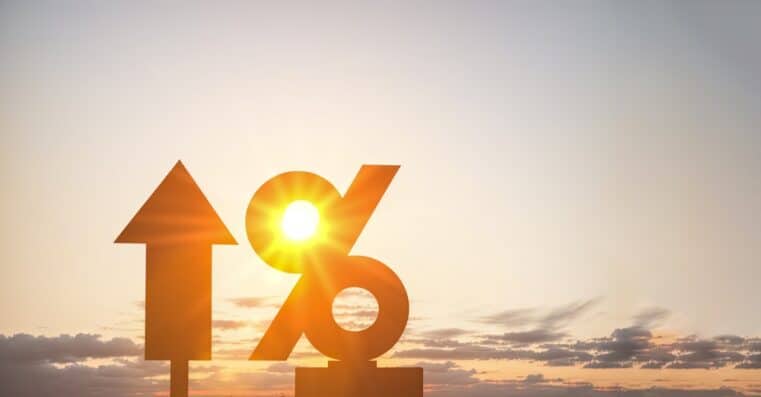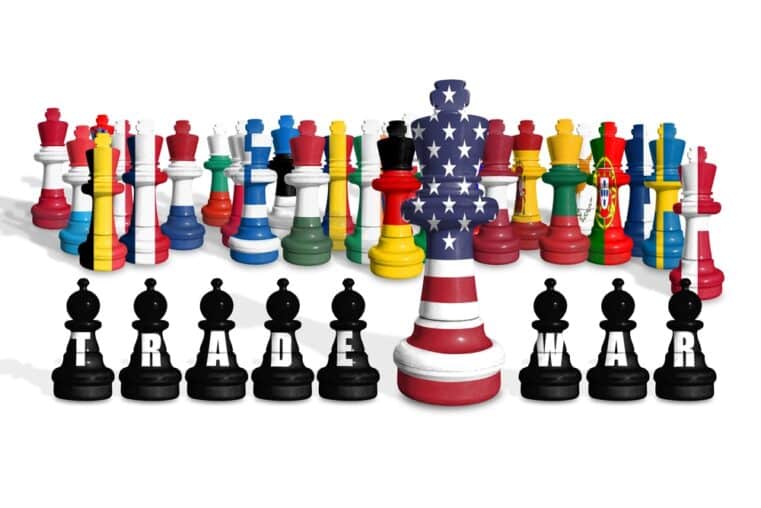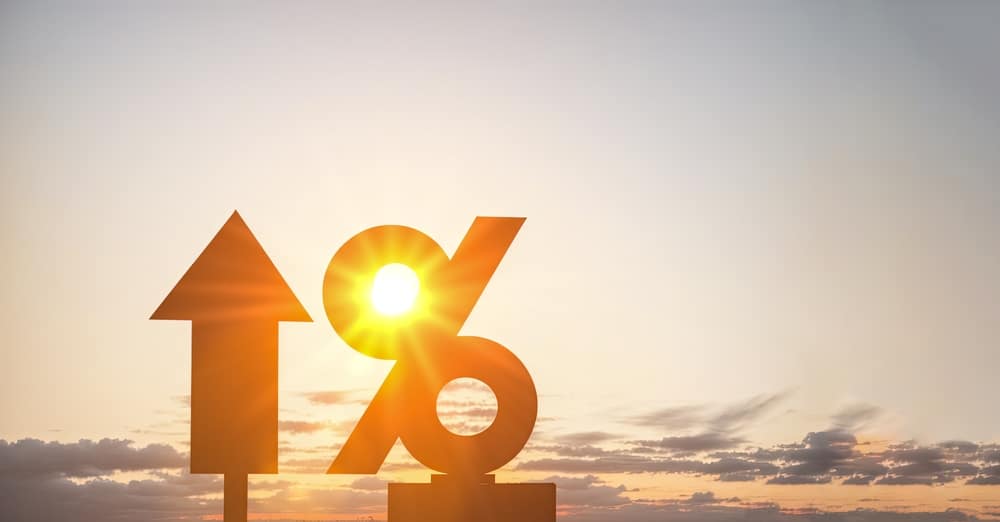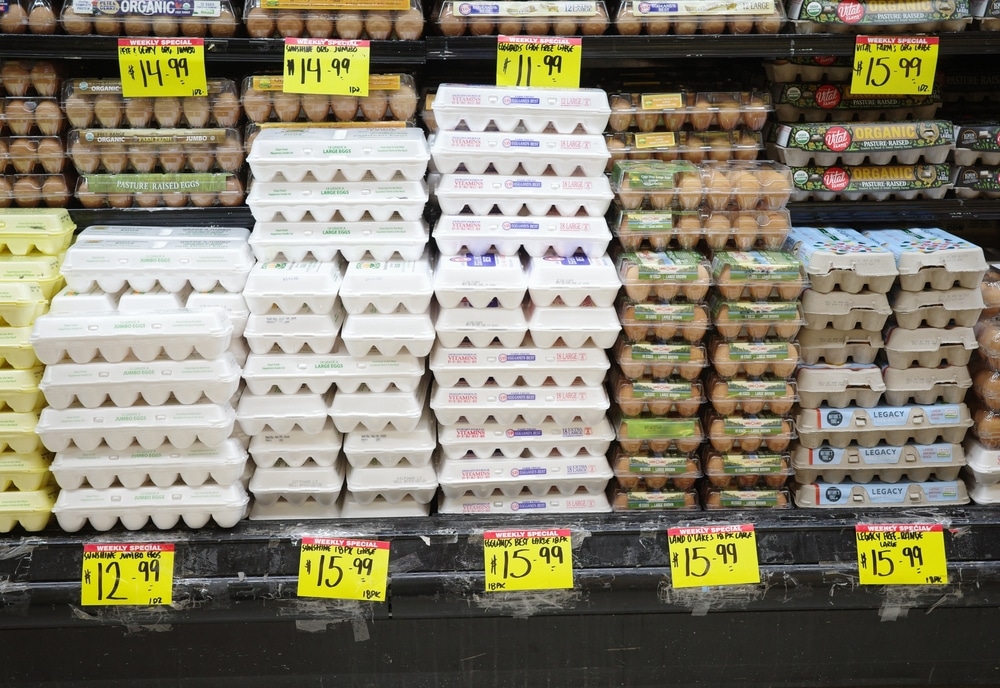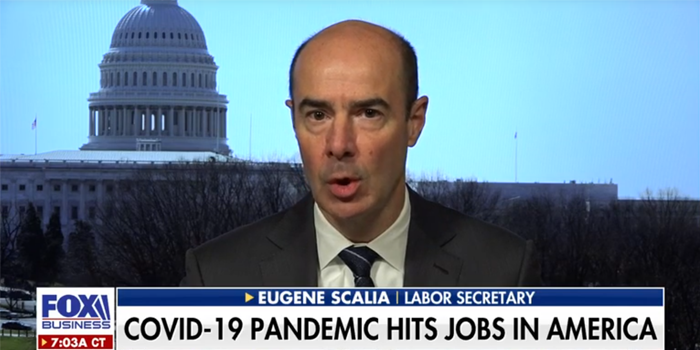
Coronavirus sends one-fifth of workers to unemployment line in some states
The coronavirus pandemic is hitting state labor markets to very different degrees, with some seeing as many as one in five workers file for unemployment benefits and others far fewer.
The variation appears to partly reflect when officials mandated business closures to stem the spread of the virus during the four weeks through April 11, as well as the state economies' dependence on the industries most affected. Another factor that boosted new claims for unemployment insurance is that some states -- such as Pennsylvania -- encouraged laid-off workers to file. Other states, such as hard-hit New York, have struggled with technical glitches and overwhelmed filing systems, which held down the number of claims during the period.
Rates of illness, however, don't appear to be a factor. South Dakota, the state with the smallest share of the labor force filing claims, at 4.9%, had about double the rate of reported cases of Covid-19 per 1,000 residents through April 11 as Hawaii, where the highest share of workers sought assistance, according to a Wall Street Journal analysis of Labor Department claims figures and Johns Hopkins University data on the disease.
Nationwide, about 22 million workers, or 13% of the U.S. labor force, sought unemployment benefits in the four weeks ended April 11, the most in four weeks since the records began in 1967.
Here's how the pandemic has driven unemployment claims in several states reflecting this variation.
Hawaii
Nearly 22% of Hawaii's labor force, some 145,000 workers, filed for unemployment benefits in the four weeks ended April 11. More than half of those job losses are likely due to a sharp drop in tourism, said Carl Bonham, executive director of the University of Hawaii Economic Research Organization. Leisure and hospitality, including food service, account for 19% of all employment on the islands.
Business began to slow in February, after President Trump restricted travel to the U.S. from China. On March 16, he recommended Americans stop unnecessary travel and avoid groups of more than 10 people. By late March, Hawaii had ordered nonessential businesses to close, fueling more job losses at hotels, restaurants and tourist sites.
Public-sector workers, another major source of employment, haven't faced layoffs. Gov. David Ige, a Democrat, recently proposed a 20% pay cut for most state employees to offset lower tax revenue, according to the state's teachers' union.
Tina Tolentino, 52 years old, applied for unemployment benefits after being put on furlough from her front-desk job at the 1,310-room Waikiki Beach Marriott Resort & Spa in Honolulu when it closed in late March. She is optimistic the tourism industry will get back on its feet. "I'm pretty positive this will pass," she said. The resort told workers it hopes to reopen in June, she said.
Michigan
Strict lockdown rules introduced March 23 and a heavy concentration of employment in manufacturing are factors causing Michigan to have the second-highest share of jobless claims at 21%.
Before the pandemic punctured national demand, rising consumer spending on autos, appliances and other big-ticket manufactured goods had fueled robust job growth in the state. Now economists forecast annualized U.S. auto production to fall to as low as 12 million vehicles this year from a prior expectation of around 17 million, and factories have curtailed production.
Detroit-based auto makers have continued to extend furloughs, forcing some suppliers to move from temporary stoppages to permanent closures. Vitro Automotive Glass, for example, is laying off 125 staffers after electing to shutter a plant in Evart, Mich., which was initially earmarked for a three-week closure.
Many auto workers file for unemployment during annual summer factory shutdowns, and some reported that having previously registered in the state's system sped up the application process.
The woes in manufacturing, coupled with tough stay-at-home orders, have rippled through the economy to leave malls, movie theaters, sports arenas and other service and retail businesses shuttered as well.
California
More than 2.8 million people in California have filed for unemployment benefits in recent weeks, the most in the country. But that is just about 14.5% of the state's labor force, roughly in line with the national average.
California ordered residents to stay at home except for essential activities beginning March 19.
Sung Won Sohn, a business economist at Loyola Marymount University in Los Angeles, said the state's tourism and restaurant industries are responsible for many of the job losses, and the number of claims filed so far likely understates the extent of the damage, because of a backlog in the system and a lag in workers filing for benefits. Other states are facing similar issues, he said.
But California has a very diversified economy. The scientific and technical sector, responsible for much of its job growth over the past decade, should have protection because technology workers are largely able to work from home, he said, and some of their services, such as video conferencing, are now in greater demand.
New York
The Empire State's below-average share of workers seeking jobless benefits may understate the pandemic's impact on New York, which triggered strict restrictions such as the closure of Broadway theaters March 12. Many government workers in the state, which has by far the most Covid-19 cases in the U.S., have become sick, slowing the processing of jobless claims and leaving laid-off workers facing overloaded websites and long phone waits.
The 1.19 million New York claims handled in recent weeks don't include 275,000 still in the system as of April 11, said the state's labor department. Half of all businesses surveyed by the Federal Reserve Bank of New York in the two weeks through April 15 reported lower employment levels compared with the previous month.
Some 45% of service companies in the state and 42% of manufacturers reported at least a partial shutdown, and a similar proportion said they expected that operating situation to be unchanged by the end of the month.
Florida
Florida has seen fewer jobless claims as a proportion of the labor force than most other states, though Sean Snaith, director of the University of Central Florida's Institute for Economic Forecasting, said it is likely more are coming. Florida workers filed 654,000 claims during the four weeks ended April 11, representing about 6.2% of the state's overall labor force, or about half the national average.
Florida's economy is more diversified than Hawaii's, Mr. Snaith said, but tourism still accounts for about 10% of the state's economy.
The state's economic shutdown started later than some, on April 3, perhaps delaying layoffs, and there are widespread complaints about delays in processing jobless claims. At least 43,000 employees at Walt Disney World in Orlando were just furloughed starting Sunday, according to their union.
Lacey Gamble, 33 years old, a server at a Disney World steakhouse for the past eight years, said her plans to put a down payment on a house have been upended by the furloughs. "That dream is on hold for at least another year or two," she said.
South Dakota
South Dakota is one of five states without blanket stay-at-home orders, partly because authorities thought its low population density put it at relatively lower risk of infection. Instead, policy makers limited restrictions to seniors and those with chronic medical conditions in the two largest counties, reducing the spillover into service industries.
Claims stood at just 4.9% of the state's workforce, though they have climbed 40-fold in absolute terms since the final week of February.
Covid-19 hot spots have emerged in the largest counties, notably including those with big meatpacking plants, but claims have also been limited by the state's large pool of financial and health-care sector workers, concentrated in Sioux Falls, who have felt less impact than workers in service industries.
Read Original Article at foxbusiness.com

